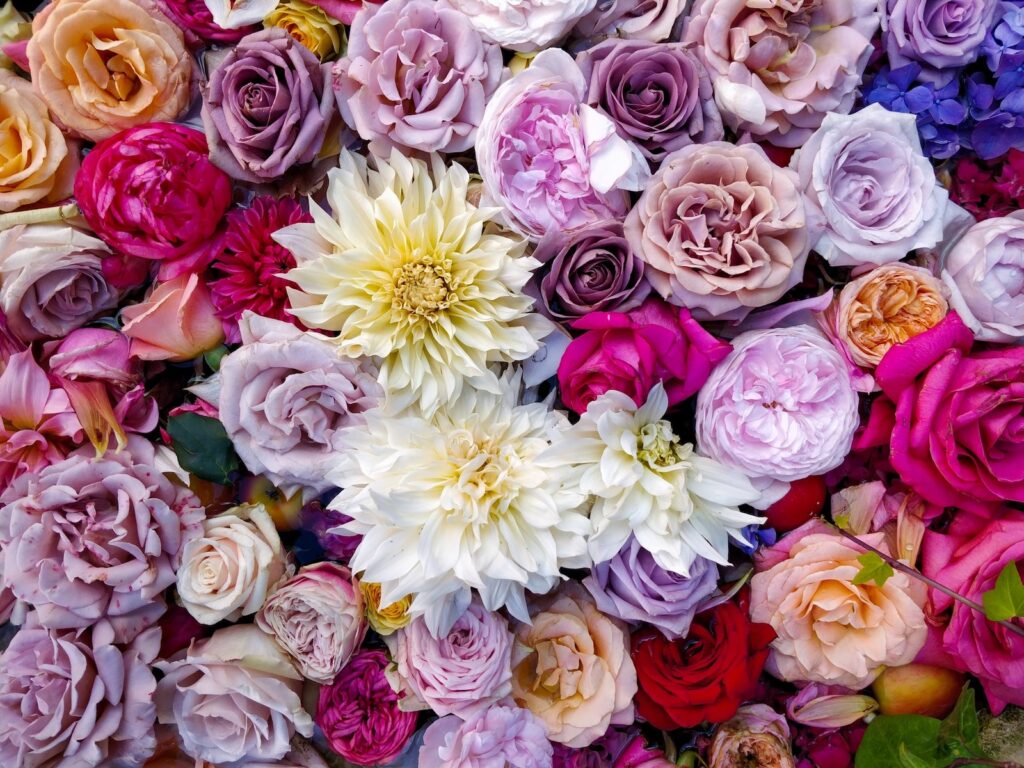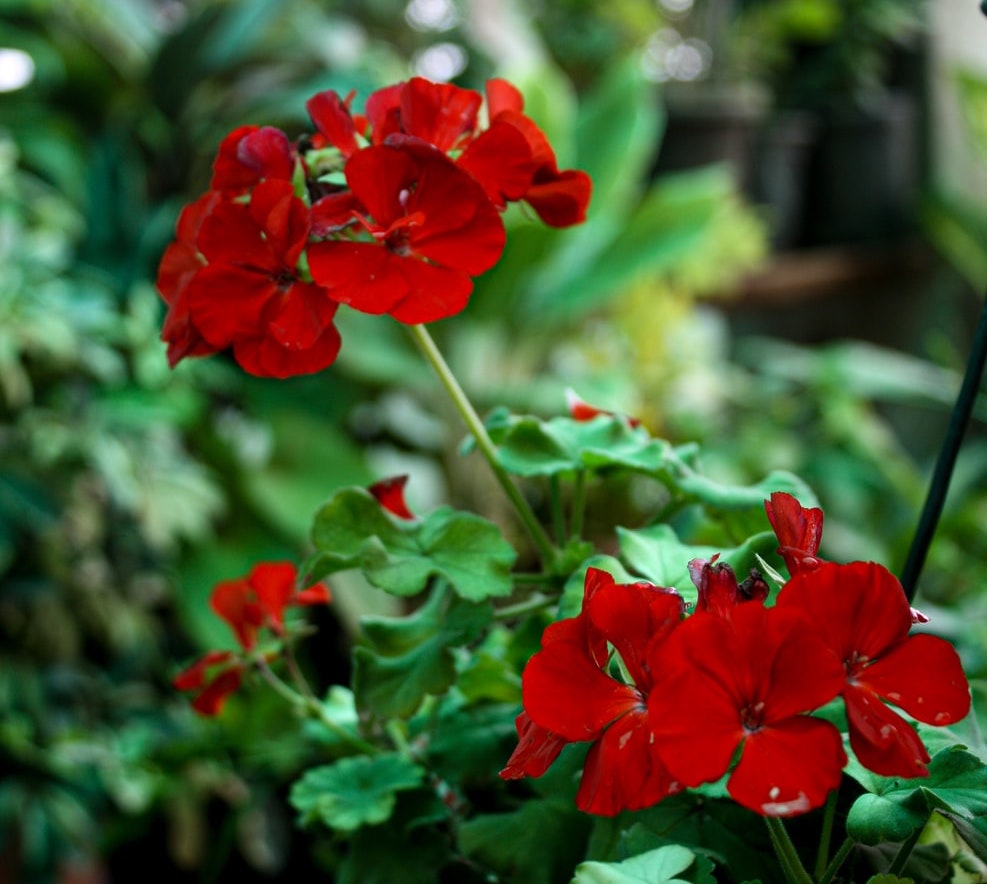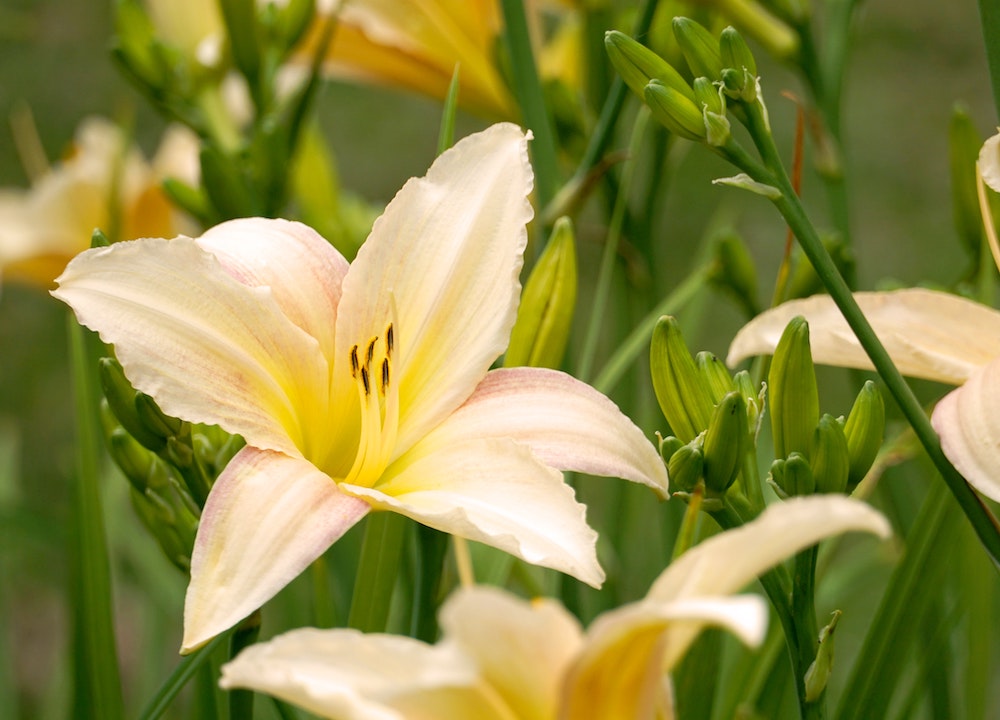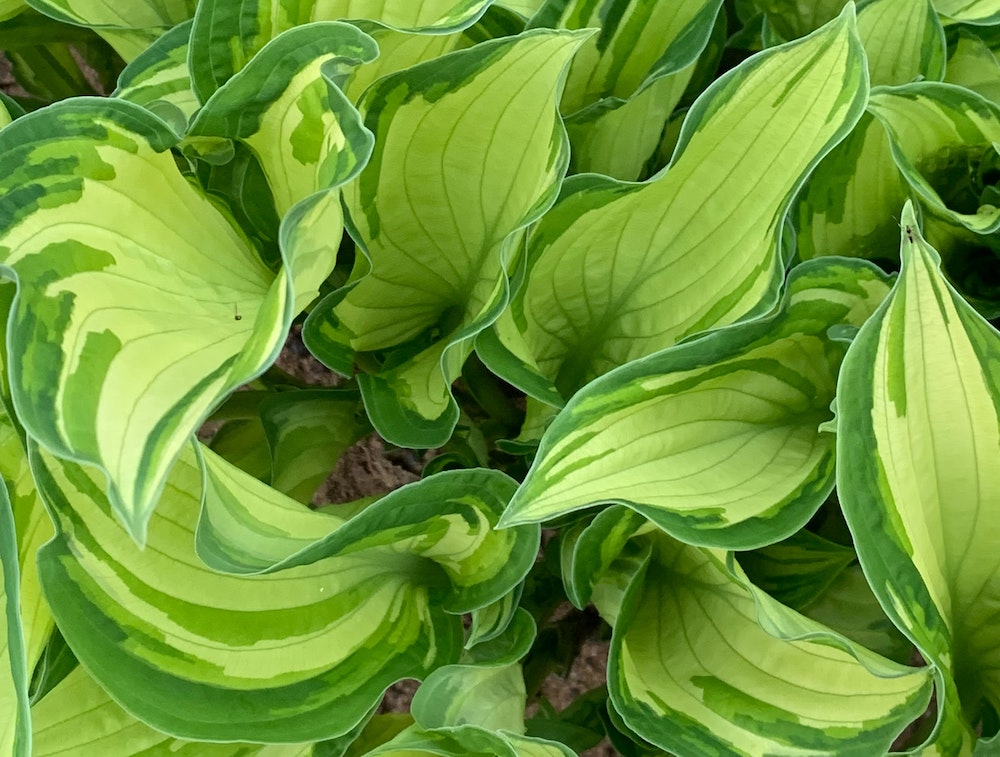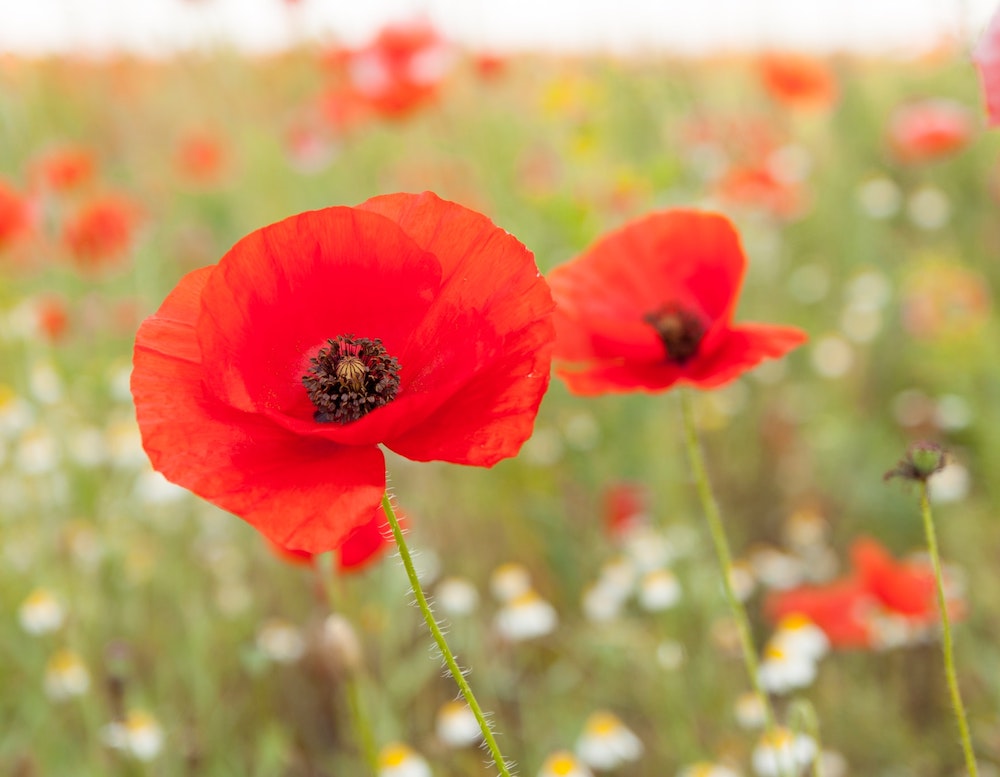A common question asked by many budding botanists is: what’s the difference is between annual plants and perennial plants? And what differences are there in how to grow them? We’ll explore the differences between annual vs. perennial plants, so that you can understand how to best incorporate them into your home and garden plans.
Integrating annual and perennial plants into your garden designs, indoor or outdoor, can provide you with beautiful displays. When you equip yourself with the knowledge of each plant category you can easily have full blooms all year round.
The Difference Between Perennials and Annuals
The most significant difference between annuals and perennials is that annual plants live for just one growing season, even though they have a longer blooming season than most perennials, which can still live for a few growing seasons. Annuals tend to die off after their growing season and don’t return.
Biennials, a third category of plants, are plants that grow for two seasons but don’t bloom until their second year. They drop seeds, and two years later, you’ll see blooms from it. To plan for this, most gardeners will stagger biennials so that they can see flowers every year. These are tricky for beginner gardeners since they need care over the winter season between the growing times.
Annual Plant Examples
Annual Plants include: Petunias, Vincas, Watermelons, Geraniums, Verbenas
Perennial Plant Examples
Perennial Plants include: Hibiscus, Daylilies, Hostas, Nepeta, Strawberries
Biennial Plant Examples
Biennial Plants include: Poppies, Sweet William, Foxgloves
What is an Annual?
Annual plants go through their lifecycle in one season. They will germinate, flower, set seed, and die. Even though they only live through one season, they bloom longer and are more brightly colored than perennials. Gardeners like to use annuals to bring a burst of color to their flower beds.
Popular annuals include petunias, watermelons, and vinca. You can plant annuals at any time, but there are better times to plant certain ones than others.
Types of annuals include:
- Tender annuals – these plants usually require more heat to grow since they are native to tropical climates, so cold weather doesn’t do them well. They can be damaged or killed off by a light frost. If you want to ensure the survival of these plants, you should set them in the late spring outside or create a temperature-controlled climate somewhere indoors. To determine when to plant your tender annuals, you can go off your area’s last average frost date in Old Farmer’s Almanac.
- Hardy annuals – these annuals like to grow and bloom in cooler temperatures, so planting in the early spring or fall is ideal for hardy annuals. As a result, they can sustain exposure to light frost without the need for protection.
- Half-Hardy annuals – these are the most common annuals, probably because they tolerate a range of temperatures, both hot and cold. So, these are easier to plant and bloom year-round.
Growing annuals can be a great fit for beginner gardeners. Since annual plants are seasonal, you don’t have to commit long-term. Instead, you can use annuals within your home to fill in and refresh each season, or in a garden bed to fill in bare spots.
With annuals, you also have the option for instant gratification since they tend to mature faster than other plant types. So if you want to have a lot of blooms and bright colors, annuals are the plants for you!
What is a Perennial?
Like annuals, perennial plants bloom for a season; however, this is where their similarities end. The perennial plants will return for each season, known as reblooming or long-blooming. Perennials can live for a long time. Typically, the best time to plant a perennial is in the spring or early fall since it is more challenging for them to establish themselves in the summertime heat.
Even though perennials come back each season, don’t assume they will last forever. Their life spans can vary, and some only last for a few years or so. Some perennials also will need some more care than others, meaning you might need to prune and divide them up so that they can sustain themselves better.
For gardeners on a budget, perennials are an excellent choice as they return each year, and the ones that don’t have longer lifespans can be saved with some reseeding or moving. Another great benefit of perennials is that they require less water once they are established.
If you live in a smaller space but want to include your perennials or annuals within your home, there are advancements in vertical farming that allow you to grow your plants right up a wall. It makes a statement and can be an eye-catching decor decision. An advantage of growing plants indoors is that you can better control the temperatures and growing environment to ensure that your plants will bloom their very best.
Exceptions
Some plants don’t fall into any of these categories of plants. These include tulips, begonias, and agave. Succulents and houseplants of this kind are usually grown indoors since the climates in many locations don’t offer the ideal conditions for growing.
Towards the end of your plant growing season, annual plants will drop seeds to indicate that their lifecycle is complete. However, if you practice deadheading during the beginning of their season, you can foster reblooming. Deadheading helps to trick the plant into blooming a little bit longer.
Neither type of plant is superior to another; there are just separate rules to follow depending on the kind and ensure that they bloom bright and last. Integrating various plants of all categories into your garden or designs can showcase beautiful displays, even as a new gardener.
